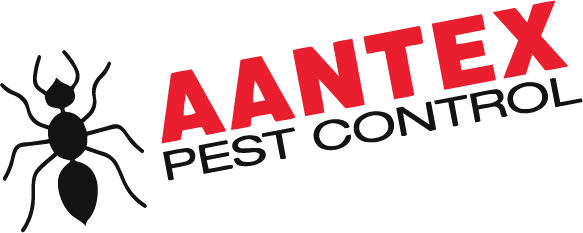Northern California, with its unique ecosystems and climates ranging from coastal to forested regions, is a vibrant hub for diverse wildlife. However, not all inhabitants of the area are welcome, especially when they pose significant risks to our homes and structures. Among these unwelcome guests are termites, which can cause extensive damage before homeowners even realize there’s an issue.
Termites are often called ‘silent destroyers’ because of their ability to consume wood, flooring, and even wallpaper undetected. In Northern California, several termite species are particularly common and problematic. Understanding these species is crucial for homeowners who wish to protect their properties from potential infestations and damage.
1. Subterranean Termites
Subterranean termites are the most destructive termite species in the United States, and Northern California is no exception. These termites live in underground colonies that can contain up to 2 million members and are known for building distinctive “mud tubes” to access food sources above ground.
Identification:
- Workers: Creamy white in color, approximately 1/4 inch or less long.
- Soldiers: Slightly larger than workers, with large mandibles.
- Swarmers: Dark brown or black, with two pairs of wings of equal size.
Subterranean termites require moist environments to survive, making homes with damp basements or poorly ventilated crawl spaces prime targets for infestation.
2. Drywood Termites
Unlike their subterranean counterparts, drywood termites do not require contact with the soil and often infest attic spaces where they feed on wood framing, furniture, and flooring. Drywood termite colonies are usually smaller than those of subterranean termites, but since they live inside the wood they consume, they can be more difficult to detect.
Identification:
- Workers: Similar to subterranean termite workers but live within the wood.
- Swarmers: Light brown, with two pairs of wings that have a distinct pattern of veins.
The key to controlling drywood termites is catching infestations early, which often requires professional inspections, especially in older homes or buildings that provide ideal nesting grounds.
3. Dampwood Termites
Dampwood termites typically infest wood that is in contact with the ground or has a high moisture content. This species is larger than both subterranean and drywood termites and is commonly found in forested areas of Northern California, often infesting stumps, fallen trees, and decaying wood around homes.
Identification:
- Workers: Larger than other termite species workers, up to 1 inch long.
- Swarmers: Brownish or tan, larger than drywood and subterranean swarmers, with two pairs of wings.
Preventing dampwood termite infestations involves controlling moisture around and under your home and removing any wood-to-ground contacts.
Prevention and Control
Preventing termite infestations in Northern California primarily involves reducing potential termite food sources and entry points into your home:
- ol]:!pt-0 [&>ol]:!pb-0 [&>ul]:!pt-0 [&>ul]:!pb-0″ value=”2″>Fix leaks and eliminate standing water near your home’s foundation.
- ol]:!pt-0 [&>ol]:!pb-0 [&>ul]:!pt-0 [&>ul]:!pb-0″ value=”4″>Regularly inspect your home for signs of termites, such as mud tubes, wood damage, or swarms of winged insects.
If you suspect a termite infestation, it’s crucial to contact a licensed pest control professional who can assess the situation accurately and recommend an effective treatment plan. Early detection and professional intervention are key to protecting your property from these destructive pests.
Understanding the common termite species in Northern California and their behavior can help in early detection and prevention of termite damage. Homeowners need to remain vigilant and proactive in protecting their homes from these subtle invaders.

